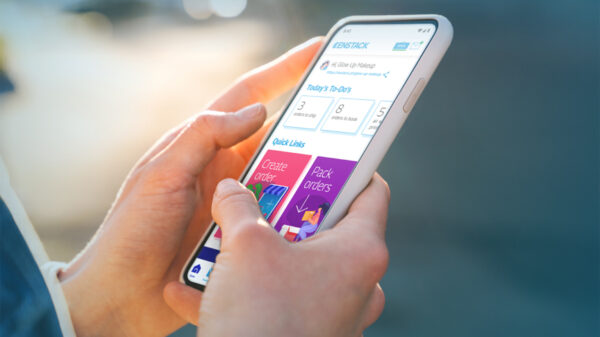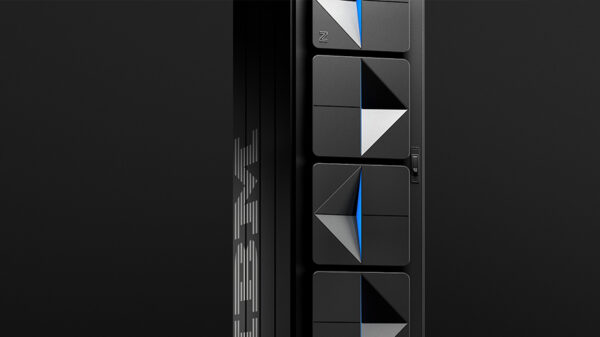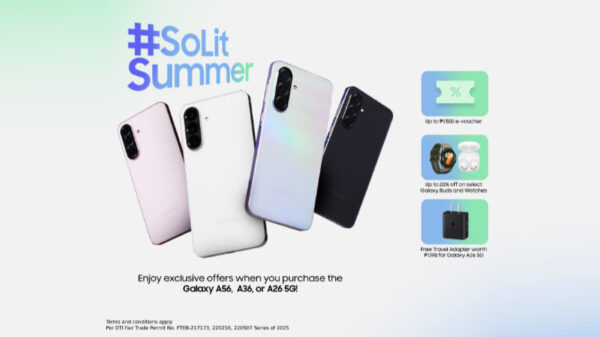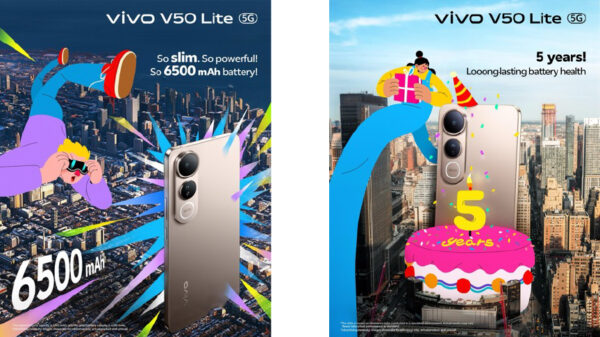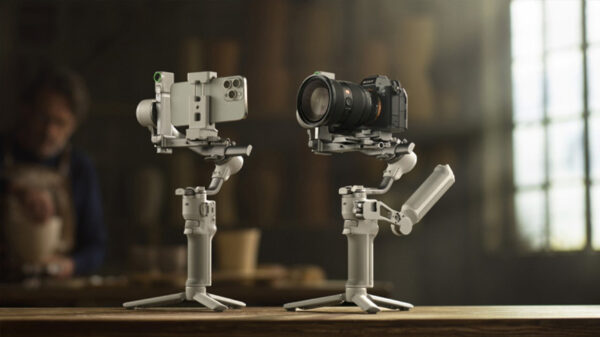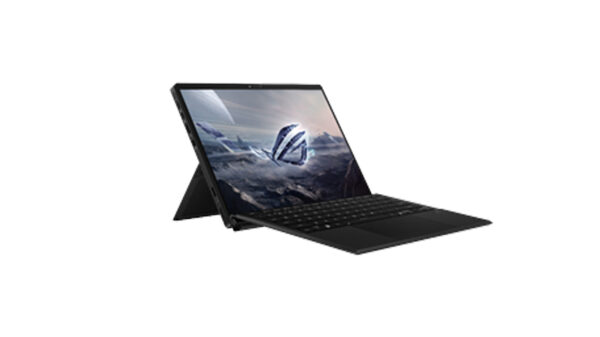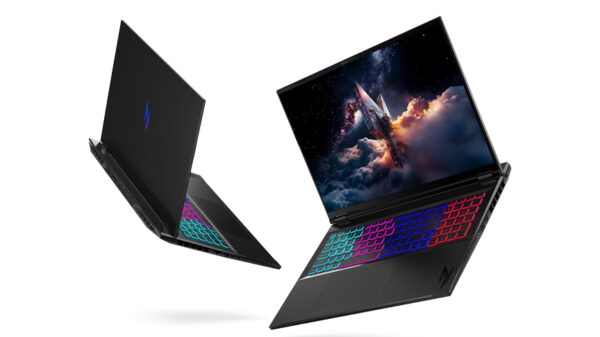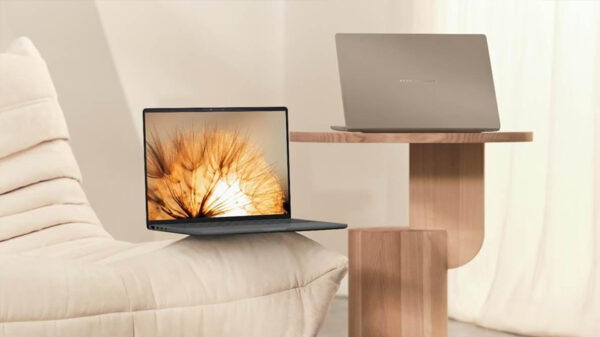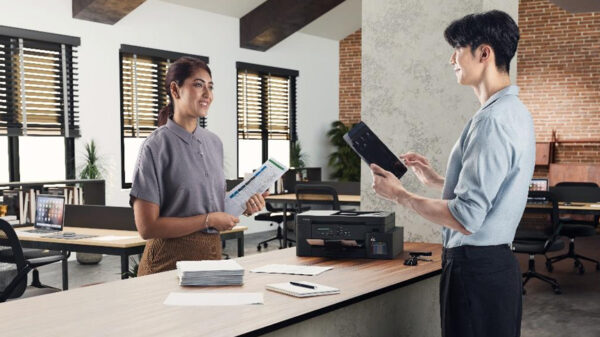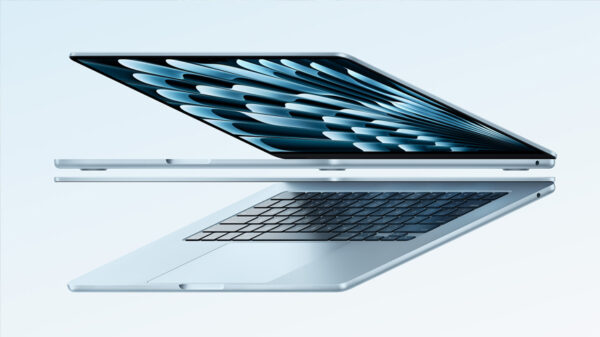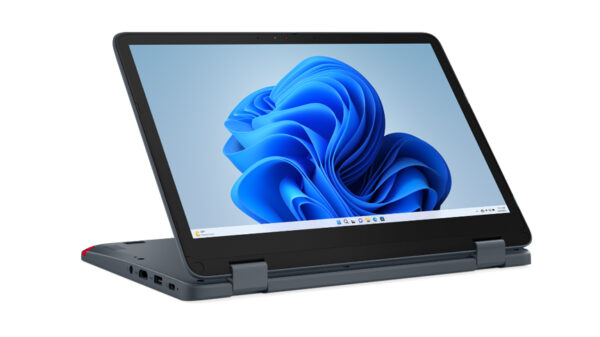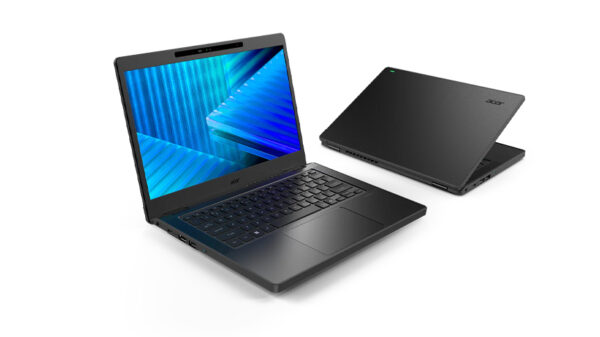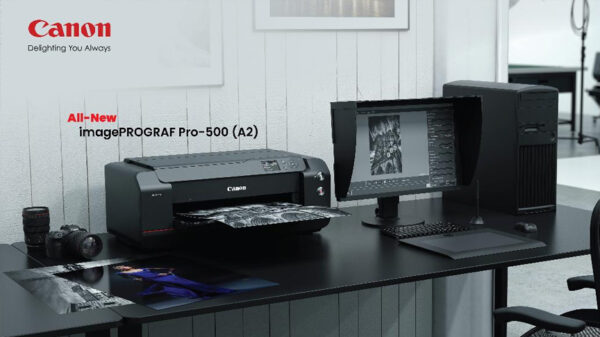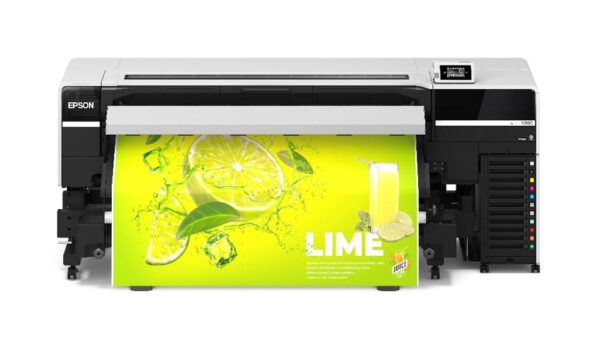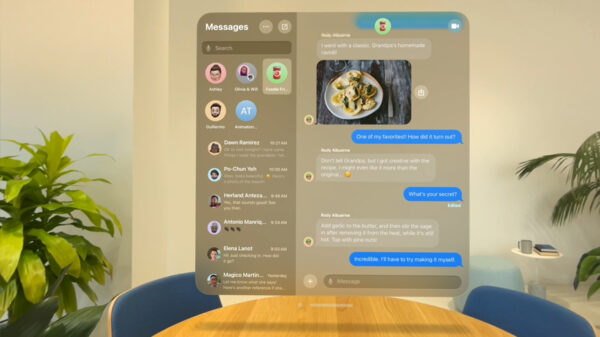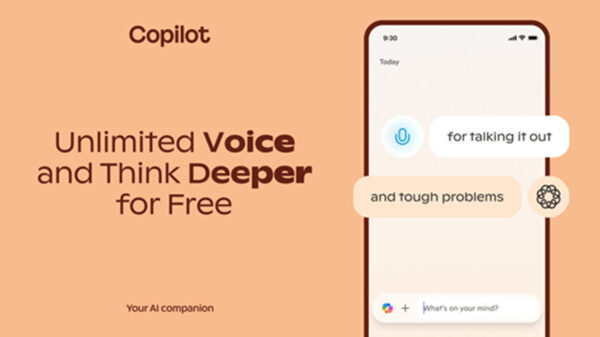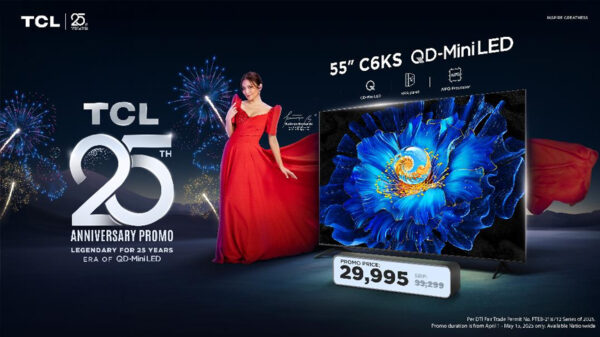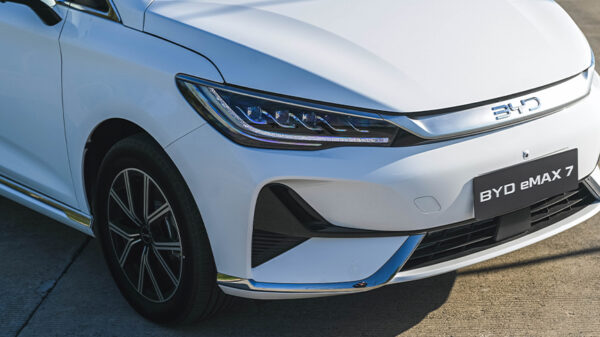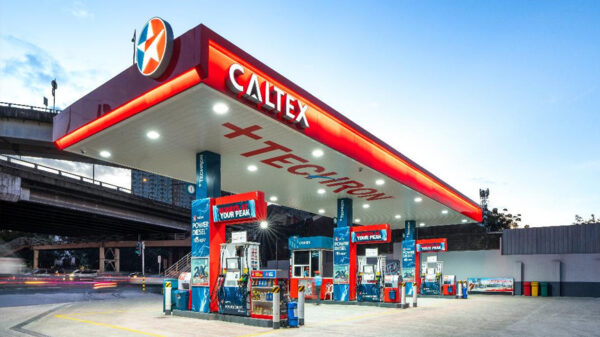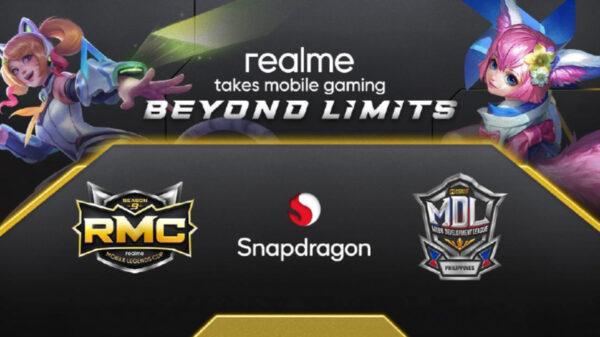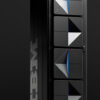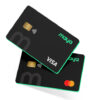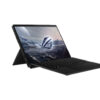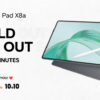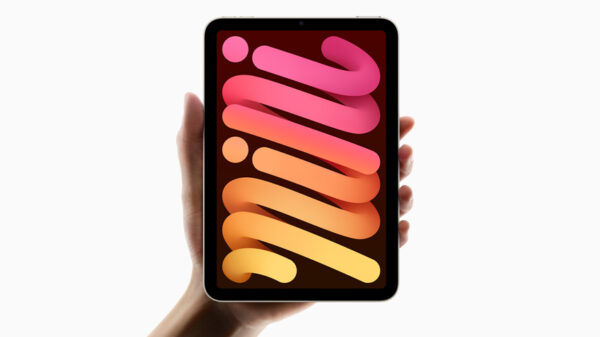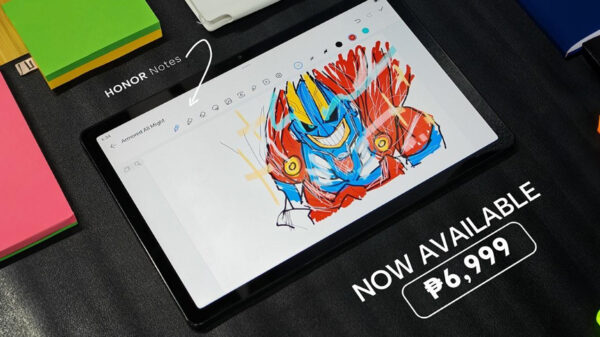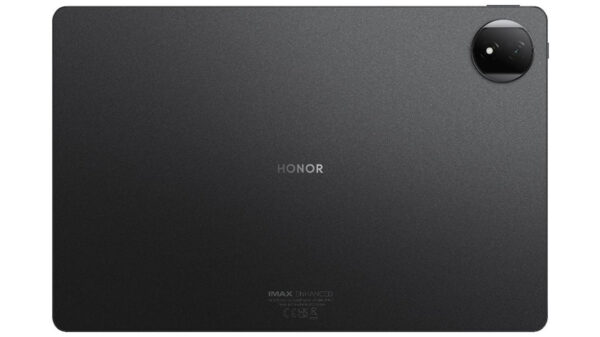At first glance, the Giada T730 tablet could be mistaken as a Samsung Tab 3 as it also sports a white/silver bezel.
Manufactured by Shenzhen Jiehe Technology Development Co. Ltd., the 7-inch Android-based tablet comes pre-loaded with Android 4.1.1, a disappointment if you’re looking for a device with the latest version of the operating system, which as of this writing would be Android 4.3.
The lightweight tablet is powered by a dual core 1.5GHz RockChip RK3066/ARM Cortex-A9 processor, so if you’re looking for a quad core-based tablet, then this one is not for you. But despite it being based on dual core, the Giada T730 performed rather smoothly, although there were a couple of instances the tablet did not respond real-time to touch gestures.
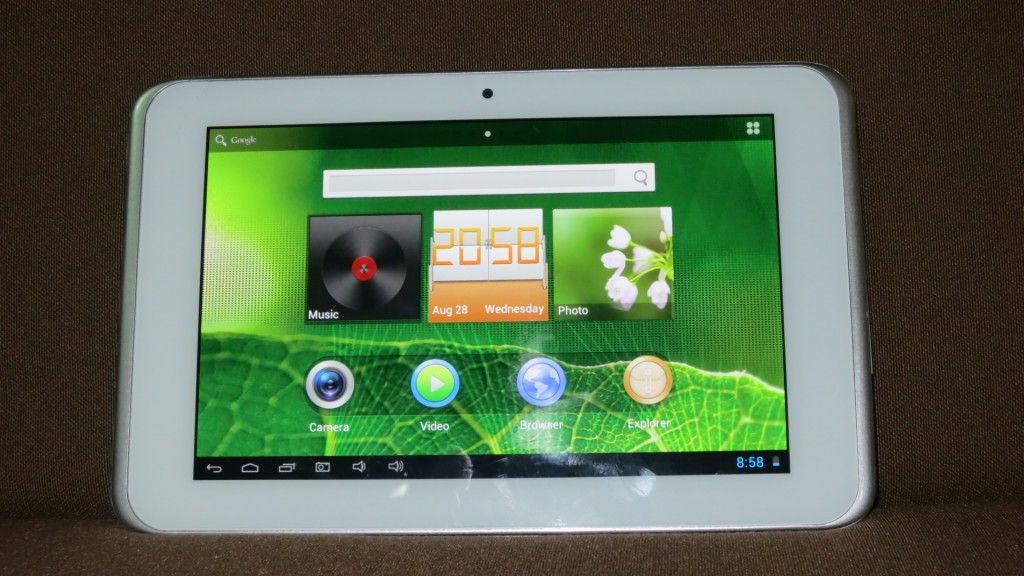
The Giada T730 also features the Mali-400 GPU for smooth High Definition graphics on the 7″ IPS 1280p x 800p screen. Users can watch Full 1080p HD video. The T730 comes with 1GB DDR3 memory and 8GB Nand Flash with support for TransFlash card at a maximum of 32GB.
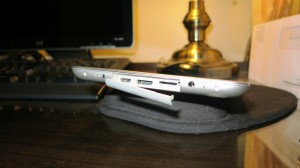
The Micro USB, Mini HDMI and a MicroSD/TF card slot are hidden under a hinged plastic cover which needs to be opened every time you need to use one of them.
On the right side of the device are the standard ports such as the headphone jack, the charging port, Micro USB, Mini HDMI and a MicroSD/TF card slot. The Micro USB, Mini HDMI and MicroSD/TF card slot are hidden under a hinged plastic cover which needs to be detached every time you need to use one of them. It’s a hassle because the cover can’t easily be removed, and looks like it would eventually break off after constant peeling. Frankly, I don’t understand why there’s a cover. Maybe it’s there for the sake of aesthetics or to keep the ports clean, but it’s a nuisance really.
For imaging, the tablet sports the now standard dual camera 0.3MP front and 2MP back setup. I wasn’t happy with the dual camera as it didn’t produce good quality shots. But then again, that is expected with a 2MP camera.
I also had issues with the volume control located on the top long side of the Giada T730, it wasn’t easy to use as it was a little too embedded.
The Giada T730 comes with the standard connectivity features such as Wi-Fi and Bluetooth which worked fairly smoothly.
As for battery life, a fully-charged Giada T730 will give you 4 to 5 hours of constant use, including video play and games. It also takes around four hours to fully charge the tablet.
 The Giada T730 performed relatively well during the four weeks I had the unit for review, despite some of the issues I mentioned earlier. The build looks elegant and sturdier than most generic tablets available in the market today. But with a suggested retail price of US$209 (VAT not included), the Giada T730 is a little too expensive considering there are branded 7-inch tablets out there that have the same or higher specifications but cost less than $200.
The Giada T730 performed relatively well during the four weeks I had the unit for review, despite some of the issues I mentioned earlier. The build looks elegant and sturdier than most generic tablets available in the market today. But with a suggested retail price of US$209 (VAT not included), the Giada T730 is a little too expensive considering there are branded 7-inch tablets out there that have the same or higher specifications but cost less than $200.
Key features:
-ARM Based solution – RockChip RK3066/ARM Cortex -A9 Dual core 1.5GHz
-Android 4.1 OS
-1GB DDR3, 8GB NAND FLASH
-HDMI Output for 1080P HD video
-IEEE 802.11 b/g/n Wi-Fi
-Camera: 0.3 & 2 MP
-7” IPS screen with 1280×800 high-definition
-Capacitive Multi Touch (5 Points) G+G
-External USB 3G Dongle
-Bluetooth 4.0

